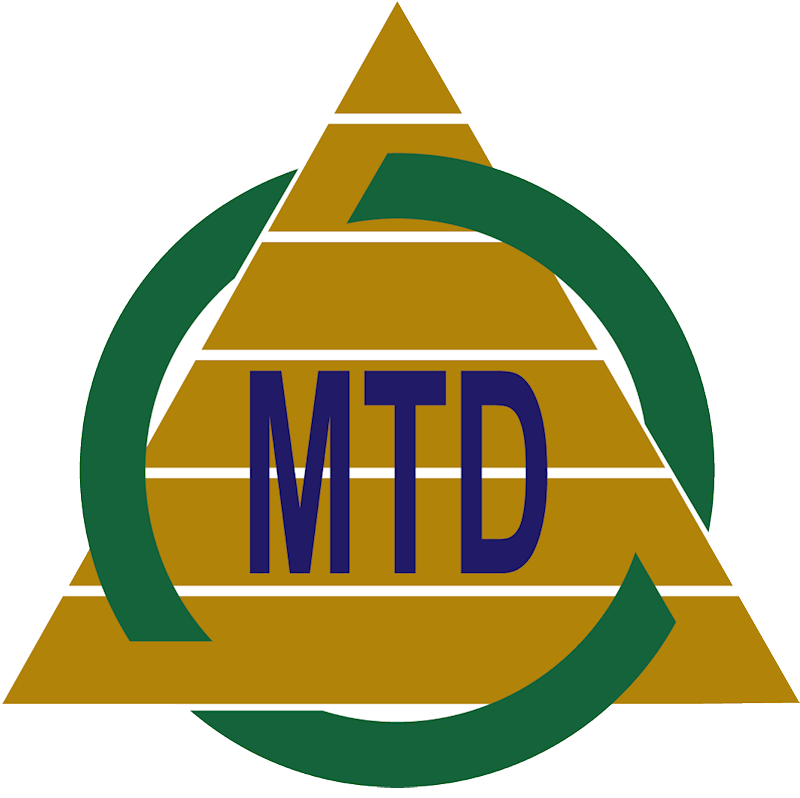
For tabletop gaming enthusiasts, the ability to create custom miniatures using miniatures 3d printing can significantly enhance the gaming experience. The concept itself has emerged as a game-changer, offering endless possibilities for personalization and creativity. This essential guide aims to navigate tabletop gamers through the exciting world of miniatures 3D printing, from choosing the right equipment to crafting detailed figures that bring their game worlds to life for countries such as Malaysia and so on.
1. Understanding the Basics of 3D Printing for Miniatures
Before diving into printing, it’s crucial to understand the basics of 3D printing technology. The most common types of 3D printers for miniatures are FDM (Fused Deposition Modeling) and SLA (Stereolithography Apparatus). FDM printers are generally more affordable and suitable for larger miniatures, while SLA printers offer higher resolution, perfect for capturing fine details in smaller figures.
2. Selecting the Right Printer and Materials
Choosing the right 3D printer is essential. For highly detailed miniatures, SLA printers are preferable due to their precision. When it comes to materials, PLA (Polylactic Acid) is a popular choice for FDM printing due to its ease of use. For SLA printers, resin is the go-to material, offering fine details and a smooth finish.
3. Finding and Creating Miniature Designs
The next step is to find or create designs for your miniatures. Websites like Thingiverse and Shapeways offer a plethora of downloadable 3D models. Alternatively, you can create your own designs using 3D modeling software like Blender or Tinkercad. This allows for complete customization, letting you bring your unique vision to the tabletop.
4. Preparing and Printing Your Miniatures
Once you have your design, it needs to be prepared for printing using slicing software, which translates the 3D model into instructions for the printer. This software allows you to adjust settings like layer height and print speed. When printing, ensure your printer is calibrated, and monitor the initial layers, as they are crucial for a successful print.
5. Post-Processing for Enhanced Realism
After printing, miniatures often require post-processing. This can include removing support structures, sanding, and painting. Painting your miniatures not only adds color but also enhances their realism and detail, making them stand out on the gaming table.
6. Integrating Printed Miniatures into Tabletop Gaming
Once your miniatures are printed and post-processed, they’re ready to be integrated into your gaming sessions. Custom miniatures can bring a new level of immersion and personalization to your games, whether you’re recreating epic battles or exploring fantasy worlds.
Conclusion
Miniatures 3D printing offers tabletop gamers an incredible opportunity to customize their gaming experience. By understanding the basics of 3D printing, selecting the right equipment, finding or creating designs, and mastering the printing and post-processing steps, gamers can bring their imaginative worlds to life. With patience and practice, even beginners can produce stunning miniatures that enhance the magic of tabletop gaming.
